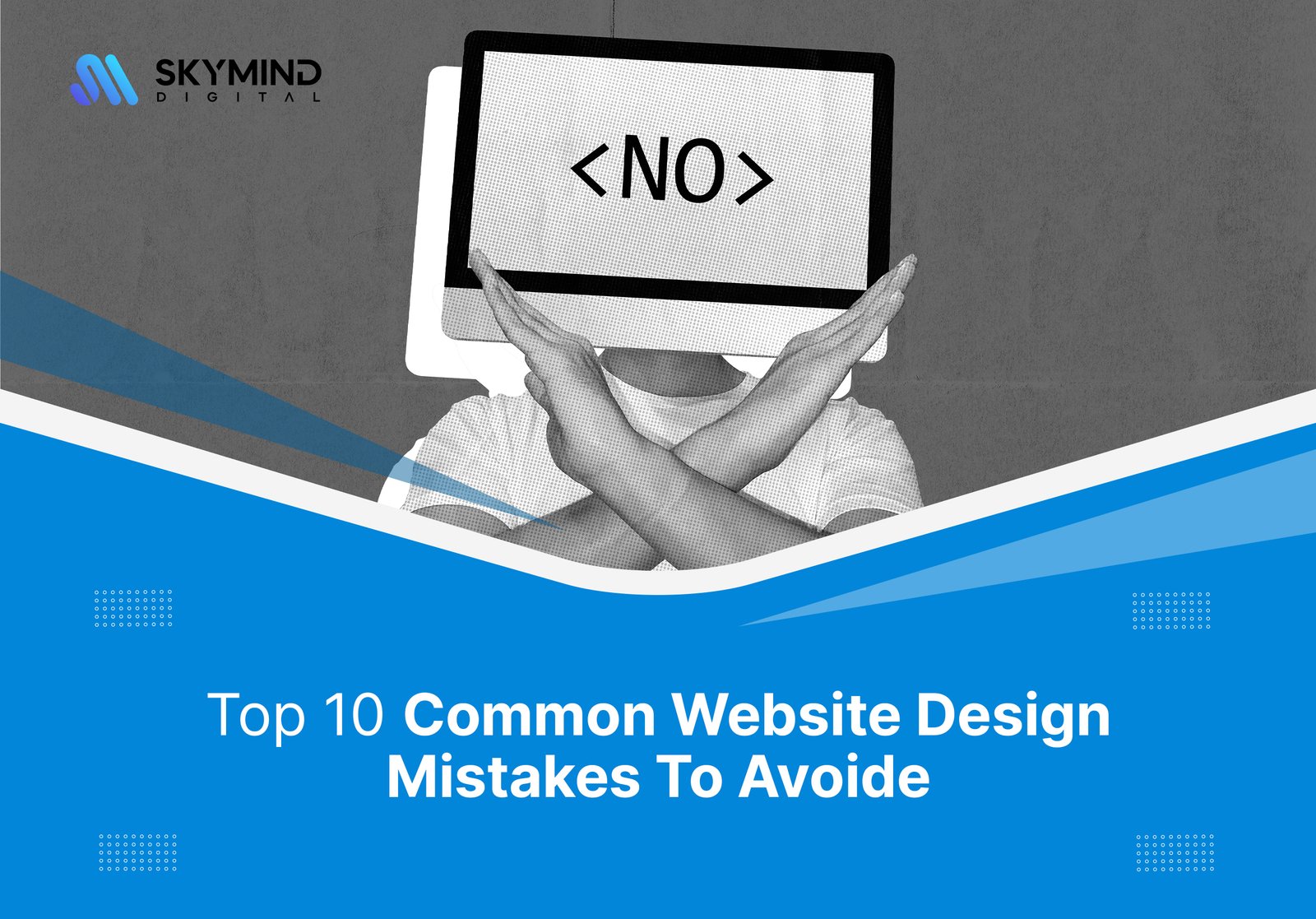The way you end your cold emails can make a lasting impression. Whether you’re reaching out to a potential client, networking with a colleague, or applying for a job, your closing statement sets the tone for how the recipient perceives you.
A clear, professional closing sentence can leave the reader feeling respected and eager to respond, while a sloppy or abrupt ending might weaken your message.
Studies show that 47% of professionals judge the sender’s professionalism based on how an email is closed (SuperOffice).
Learning how to end your cold emails effectively is about more than just etiquette—it’s your opportunity to reinforce your message, build trust, and encourage action. Polished emails with strong closing statements are far more likely to receive replies and foster meaningful connections.
What Readers Will Learn
In this guide, you’ll learn how to craft email closings that fit every situation.
Whether you’re sending a formal business email, a job application, or a casual networking message, we’ll provide practical examples, actionable tips, and 20 go-to phrases you can use.
By the end, you’ll know how to leave a lasting impression, encourage responses, and create email closing lines that enhance your professionalism.
Let’s dive in and make your email endings as powerful as the messages they conclude!
The Fundamentals of How to End Your Cold Emails
In a Respectful Way.
A respectful email closing shows professionalism, thoughtfulness, and attention to detail. It’s your final opportunity to leave a positive impression, so it’s essential to get it right.
A polite closing typically includes three elements: a courteous closing line, your name, and contact details if necessary.
Examples of respectful closing lines include:
- “Best regards,”
- “Sincerely,”
- “Thank you for your time,”
These phrases convey gratitude and professionalism, which are crucial in business communication.
According to SuperOffice, 47% of recipients value clear and respectful closings as a sign of competence.
Adding a short line like, “Looking forward to your reply” makes it easier for the recipient to take action while showing you value their time.
Respectful closings are also about avoiding over-familiarity.
For example, “Cheers” may be fine for casual messages but can feel unprofessional in formal settings.
The Importance of Tone in Your Closing
The tone of your closing should match the purpose of your email and your relationship with the recipient. A formal tone is best for business deals, job applications, or reaching out to someone you don’t know. Good closing examples for formal emails include:
- “Yours faithfully,”
- “With gratitude,”
For semi-formal situations, such as follow-ups with a colleague or a networking message, a friendly but professional tone works well:
- “Best regards,”
- “Kind regards,”
In casual emails, such as chatting with a teammate, you can use a more relaxed tone like:
- “Thanks,”
- “Talk soon,”
Research from Statista reveals that recipients are more likely to respond to emails that feel tailored and appropriate to the context.
A mismatch in tone, however, can make your email feel impersonal or out of place. Always consider the recipient and the message’s intent when choosing your closing tone.
How to Close an Email for Different Scenarios
-
Closing a Cold Networking Message
Networking emails can be tricky since they’re often sent to people you’ve never met. The key is to sound friendly, genuine, and respectful.
When closing out a cold networking message, always express gratitude for their time. For example:
- “Thank you for considering my request, and I hope we can connect soon.”
- “Looking forward to hearing your thoughts!”
Add a polite call to action (CTA) to keep the conversation going, such as:
- “If you’re available, I’d love to schedule a quick call to learn more about your work.”
Cold networking emails with a personal touch are 26% more likely to receive responses (Yesware).
Avoid generic phrases like “Thanks” or “Regards” and aim for warm, engaging closings like:
- “Best regards,”
- “Warm wishes,”
-
Closing an Email That Requires a Response
When your email asks for something—like a meeting, approval, or reply—it’s important to close with clarity. Use a strong, polite CTA to encourage action:
- “Please let me know if Thursday at 2 PM works for you.”
- “I’d appreciate it if you could review this by the end of the week.”
Follow the CTA with a respectful thank-you line:
- “Thank you for your time and assistance!”
Emails that clearly state the next step have a 21% higher response rate, according to Woodpecker.
To maintain a professional tone, use closings like:
- “Looking forward to your reply.”
- “Sincerely,”
-
Closing a Business Email
For business emails, professionalism is key. Whether you’re communicating with clients, partners, or team members, your closing should reflect the relationship’s formal nature.
For clients or partners:
- “Thank you for your trust and support.”
- “We’re excited to collaborate further!”
For internal team communication:
- “Let me know if you have any questions.”
- “Looking forward to your feedback.”
Use professional closings such as:
- “Best regards,”
- “Warm regards,”
Research by HubSpot shows business emails with clear CTAs and professional closings drive better engagement and response rates.
-
Closing an Email for Job Applications
Job application emails must leave a strong, professional impression. End with gratitude and enthusiasm for the opportunity:
- “Thank you for considering my application.”
- “I look forward to discussing how I can contribute to your team.”
Add a subtle CTA to keep the conversation moving:
- “Please let me know if you need any additional information.”
Common closings include:
- “Sincerely,”
- “Best regards,”
According to Zety, well-closed job emails have a 16% higher chance of being shortlisted, emphasizing the importance of thoughtful closings.
-
Closing Examples for Students
For students writing emails to professors or academic contacts, professionalism with a touch of humility is essential. Always thank the recipient for their time:
- “Thank you for your guidance and support.”
- “I appreciate you taking the time to help me.”
Polite CTAs work well in this context:
- “Please let me know if I can provide any additional details.”
- “I’d be grateful for your feedback.”
Examples of professional academic closings include:
- “Respectfully,”
- “Sincerely,”
A Study by Grammarly found that students who use clear and polite closings receive 25% more responses from academic contacts, proving that respectful email endings make a difference.
Best Practices for Ending Your Cold Emails
Crafting the Perfect Closing Statement
A perfect closing statement wraps up your email with clarity, professionalism, and humility. Here’s how to do it:
- Be Clear: Your closing should communicate what you want the recipient to do next. For example:
- “Please let me know if this works for you by Thursday.”
- “Looking forward to hearing your thoughts!”
- Stay Professional: Use appropriate language that reflects respect and politeness. Phrases like:
- “Thank you for your time and consideration,”
- “I appreciate your attention to this matter,” show professionalism and gratitude.
- Add Humility: A humble tone makes your message more approachable. Examples include:
- “I’m grateful for the opportunity to connect.”
- “Thank you for taking the time to review my request.”
Emails that close with clear CTAs and polite statements are 40% more likely to receive responses (Woodpecker). Choose words that align with the tone of your email and leave the recipient feeling valued.
Common Mistakes to Avoid
Here are common pitfalls to watch out for when crafting email closings:
- Using Overly Casual Phrases: Avoid closings like “Cheers” or “Later” in professional emails. These can come off as unprofessional.
- Being Redundant: Don’t repeat what you’ve already stated in the email. Instead, use the closing to add value or clarify your next steps.
- Forgetting Contact Details: Always include your name, title, and a way for the recipient to reach you. Missing these details can create unnecessary back-and-forth.
According to Statista, 70% of recipients prefer emails with concise and formal closings. Avoiding these mistakes ensures your email is polished and professional.
20 Phrases for Closing an Email
Formal Closings
- Sincerely,
- Yours faithfully,
- Kind regards,
- Respectfully,
- With gratitude,
Professional Business Closings
- Best regards,
- Warm regards,
- Thank you for your time,
- Looking forward to your reply,
- With appreciation,
Semi-Formal Closings
- Best wishes,
- Many thanks,
- Talk soon,
- Thanks again,
- All the best,
For Requests or Follow-Ups
- Please let me know if you have any questions.
- Looking forward to hearing from you.
- Let me know your thoughts.
- I’d appreciate your feedback.
- I look forward to discussing this further.
This curated list provides versatility, allowing you to tailor your closing phrase to any context.
Campaign Monitor reports that using relevant and professional closing lines increases response rates by up to 22%, so choose wisely based on your audience and purpose.
The Role of Email Signatures in Closing
What is the Best Email Signature?
A strong email signature is like a digital business card—it provides essential information about you while reinforcing your professionalism. The best email signatures are clean, concise, and visually appealing.
Key elements of a professional email signature include:
- Your full name and title: This establishes who you are.
- Your company and position: Adds credibility and context.
- Contact details: Include your phone number, email address, and relevant social links.
- A logo or branding: Helps create a lasting impression.
Avoid cluttering your signature with too much information.
Research from Exclaimer shows that well-designed email signatures can improve brand recognition by up to 30%. Keep it simple, professional, and consistent with your tone.
Examples of Professional Email Signatures
Here are some email closing samples tailored to different professions:
- Corporate Professional
- [Your Full Name]
- [Job Title] | [Company Name]
- Phone: [Your Number] | Email: [Your Email]
- LinkedIn: [Your Profile Link]
- Freelancer
- [Your Name]
- Freelance [Your Specialty]
- Portfolio: [Your Website]
- Email: [Your Email]
- Student
- [Your Name]
- [Degree Program] | [University Name]
- Phone: [Your Number]
- LinkedIn: [Your Profile Link]
Personalizing your email signature to suit your role helps convey your identity while leaving a professional impression.
How to End Your Cold Emails for Maximum Impact
A polished email closing can leave a lasting impression, encourage more responses, and reflect your professionalism. Whether you’re networking, reaching out for new business, or applying for a job, mastering how to end your cold emails is a crucial skill that can elevate your communication.
Strong closing lines and well-crafted email signatures make your message more effective and memorable. Remember the key elements of a great closing: gratitude, clarity, and the right tone for your audience.
In this guide, we’ve shared examples for different scenarios, practical tips, and the importance of a professional email signature. From respectful cold networking outreach to strategic job applications, learning how to end your cold emails correctly can make all the difference.
At Sky Mind Digital, we specialize in cold email strategies that actually get responses. Our proven techniques help businesses create professional, engaging emails that leave a lasting impact and drive real conversations.
Now it’s your turn—start practicing thoughtful email closings that fit your style and goals. Personalize your closing lines, adjust your tone as needed, and fine-tune your email signature to reflect your brand.
The more you refine your approach, the more you’ll see: a strong ending isn’t just polite—it’s a powerful tool to build trust, spark action, and create lasting connections.







